


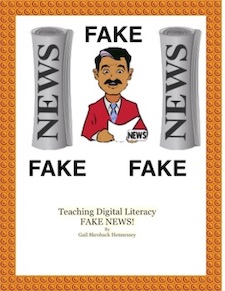
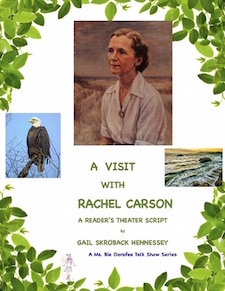
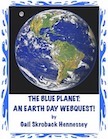
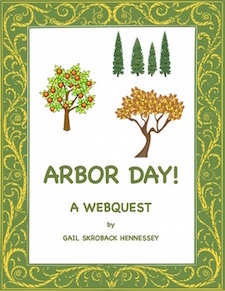
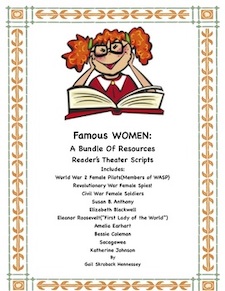
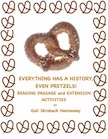
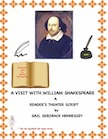
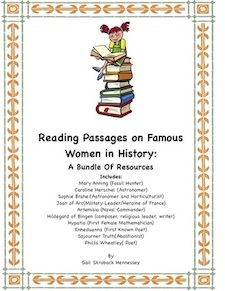


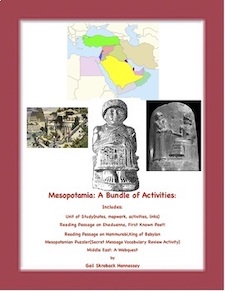
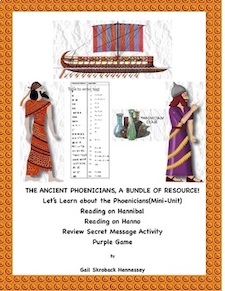
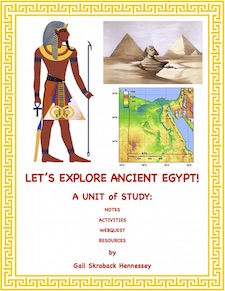
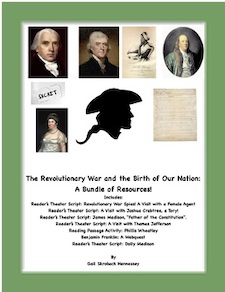
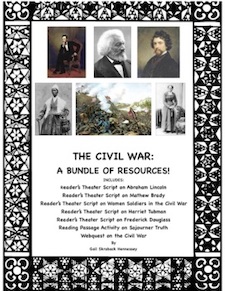

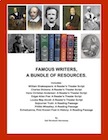
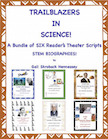

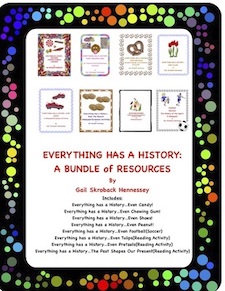

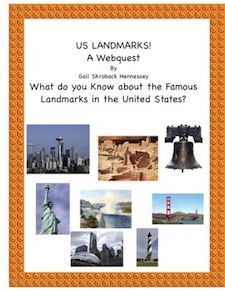
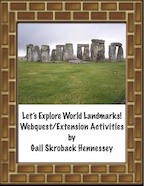
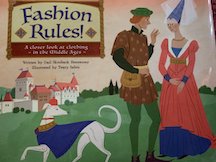
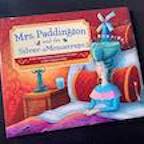
My Book-Mrs. Paddington and the Silver Mousetraps
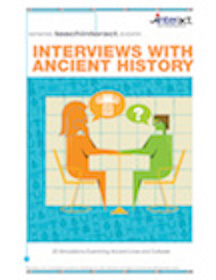




Anti-Bullying Resources

Bell Ringers!

Updated regularly
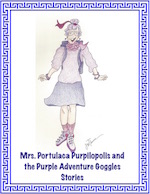
Mrs. Portulaca Purpilopilis
and the Purple Adventure Goggles




Facts to Wow your Friends!

 Teaching Ideas!
Teaching Ideas!
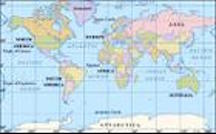







Mrs. Waffenschmidt

`




Mail Gail:
 Gail Hennessey
Gail Hennessey
Dr. Phillip Manning
Paleontologist

1.
Can you explain to young people just what a paleontologist is?
A paleontologist
is usually perceived as a man with a hat, large beard and
very
loud voice. However, this is not always the case. One thing that we
all share in common, is a passion for the past. You could almost say that we
live in the past, as that is a place we are always trying to get to, with
as high
a resolution as possible. Peering back in time to lost worlds and forgotten
lives is difficult, but the fossil record supplies us with the raw material
of our subject. The fossilized remains of plants and animals helps
paleontologists chart the beautiful story of the history of life on earth.
2.
What is the best part of your job?
I
simply love teaching and explaining to
folks that the history of life on earth is the best story ever
written, albeit
in stone.
3. What would you say is the most difficult aspect of your career choice?
Teaching people the vast depth and breadth of life and geological time. Plumbing the depths of time makes one and all feel very small and insignificant. Quite splendid!
4. Do you have a memory you'd like to share with young people concerning your job? A recent research project was playing with a rather stunning fossil of a dinosaur. Uncovered in the Hell Creek Formation, North Dakota, U.S.A, it was a mummified dinosaur! Associated with the skeleton thehadrosaur (Edmontosaurus annectens) are tendons, ligaments and a high fidelity three dimensional skin envelope. The skin was rapidly replaced with mineral siderite after burial, which also had to have been very rapid.
Discovered by Tyler Lyson (now a paleontology PhD student at Yale University), the specimen provides scientists with unprecedented information about dinosaur palaeobiology. Working with the Marmarth Research Foundation that Tyler Lyson founded, a team from the University of Manchester helped to excavate the fossil in July 2006. The excavation had been started by the MRF several years earlier, but the presence of a skin envelope attracted the attention of the University of Manchester team.
The
hadrosaur, also known as a 'duck-billed' dinosaur lived between 65-67 million
years ago. Lyson named the specimen 'Dakota.
The
team of international scientists, led by myself from The University
Manchester
have been using high tech methods to peer inside the animal, as well
as digitally map the landscape in which it was discovered. What we
have found has advanced what we know about these dinosaurs, from how
fast they could run, to what they looked like, and even the special
conditions under which such fossil form. The
three-dimensional nature of the skin around the animal means that for the
first time paleontologists are able to estimate the volume of muscles, with
some measure of confidence. These values for muscle mass have then
been used
in biomechanical models to see how fast they could run. The answer surprising...
The large rear of the animal (25% bigger than previously thought
means that more muscle mass could have propelled Dakota up to 25 mph.
That’s some 10 mph faster than Tyrannosaurus rex!
The
surface of the skin itself displays 3D scales with "breathtaking"
detail.
Scales are arranged in a banding pattern of larger and smaller scales.
Whilst the color of the skin is not preserved, there does appear to be
a striped pattern - a pattern that in modern animals is often
associated with
transitions between colors. These are subtle and mainly situated on the
arms of the animal.
In
order to see within the large block of rock in which the dinosaur was encased,
the worlds largest CT scanner owned by NASA but operated by the Boeing
corporation, was used to virtually slice the tail and body blocks of the
dinosaur fossil.
5.
What are the necessary skills/degrees needed to become a
paleontologist? Passion,
determination, patience and a willingness to listen to new ideas.
The
degrees are useful, but not vital. Anyone can hunt for fossils.
However,if
you want to learn more about them, do what you enjoy most at school,
as that
will be the subjects in which you excel. Take that knowledge as far as
you can in the education system. When you are done, whether it be
physics,
chemistry, art, engineering, etc, find a novel way of applying your
skills
to paleontology...there is always a way!
6.
Any suggestions for young people who might be interested in your
career? How
can they begin now to get prepared for your career? The
most important trait
is determination to learn and never to stop learning. Every day I learn
something new....the more I learn the less I know, this drives me on.
Books
are an important source for information, the web also help, but is often
laced with pitfalls....not everything you read on it is right!
7.
Where can you work as a paleontologist?
You
can work in museums, schools,colleges, universities and field
excavation programs.
8
. Describe a typical day at your job.
There
is no such thing as a typical day, that's what so much fun! Today I
was up at 6am to answer emails, then headed for Stanford University
where I am working on the linearaccelerator....studying fossils! I
will be here until midnight scanning fossils
to study the distribution of elements within the fossils. When I am back
at the University of Manchester I teach, undertake research and often work
with the media....the more folks who share my 'ancient thoughts'the better!
9.
What got you interested in becoming a paleontologist? Did anything in
school
or your childhood help spark this interest?
10.
Where do you currently work as a paleontologist?
I
now work as a lecturer in paleontology and research fellow at the
University
of Manchester (England). *
Dr. Manning has written two books on the mummified dinosaur:
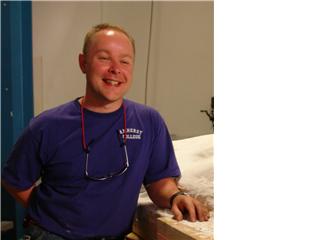
Thanks for the photograph, Dr.Manning!
Illustration from WPClipart.com